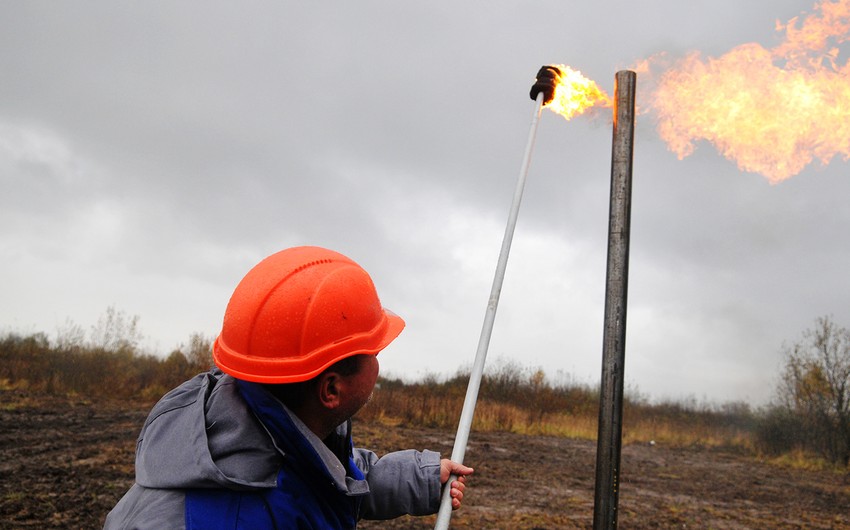Ukraine may lose two-thirds of its fields if they come under Russian control, Report informs referring to The Washington Post.
Ukraine is widely known as an agricultural powerhouse. But as a raw-material mother lode, it’s home to 117 of the 120 most widely used minerals and metals, and a major source of fossil fuels.
Official websites no longer show geolocations of these deposits; the government, citing national security, took them down in early spring.
An analysis indicates that at least $12.4 trillion worth of Ukraine’s energy deposits, metals and minerals are now under Russian control. That figure accounts for nearly half the dollar value of the 2,209 deposits reviewed by the company.
In addition to 63 percent of the country’s coal deposits, Moscow has seized 11 percent of its oil deposits, 20 percent of its natural gas deposits, 42 percent of its metals and 33 percent of its deposits of rare earth and other critical minerals including lithium.
Since the invasion began in February, however, the Kremlin has steadily expanded its holdings. According to SecDev and Ukrainian mining and steel industry executives, it has seized: 41 coal fields, 27 natural gas sites, 14 propane sites, nine oil fields, six iron ore deposits, two titanium ore sites, two zirconium ore sites, one strontium site, one lithium site, one uranium site, one gold deposit and a significant quarry of limestone previously used for Ukrainian steel production.
Such losses, if permanent, would compel what’s left of Ukraine to realign its economy. The possible upside: a modernization that could make its dated steel plants more efficient and greener. Early estimates suggest the price tag for rebuilding the broader economy range upward of $750 billion.
Some economic experts suggest the war’s longer-term impact could be blunted even if Ukraine were to cede significant land, as long as it were to fully embrace the technology and service sectors that helped fuel growth in recent years and expand its pursuit of alternative energies.


 https://images.report.az/photo/03c2be0b-e307-3e81-aa02-f9fe26bcfb55.jpg
https://images.report.az/photo/03c2be0b-e307-3e81-aa02-f9fe26bcfb55.jpg

